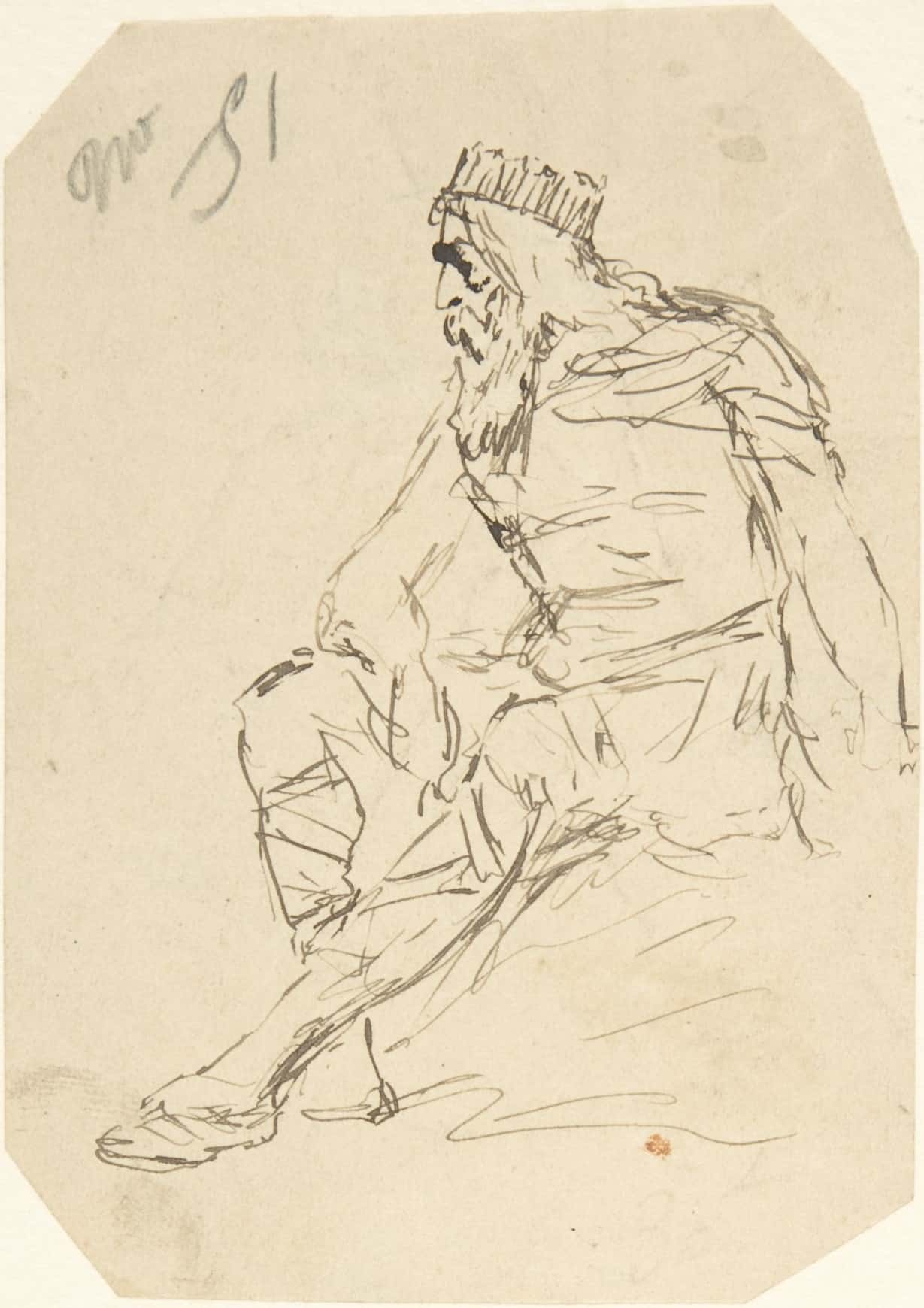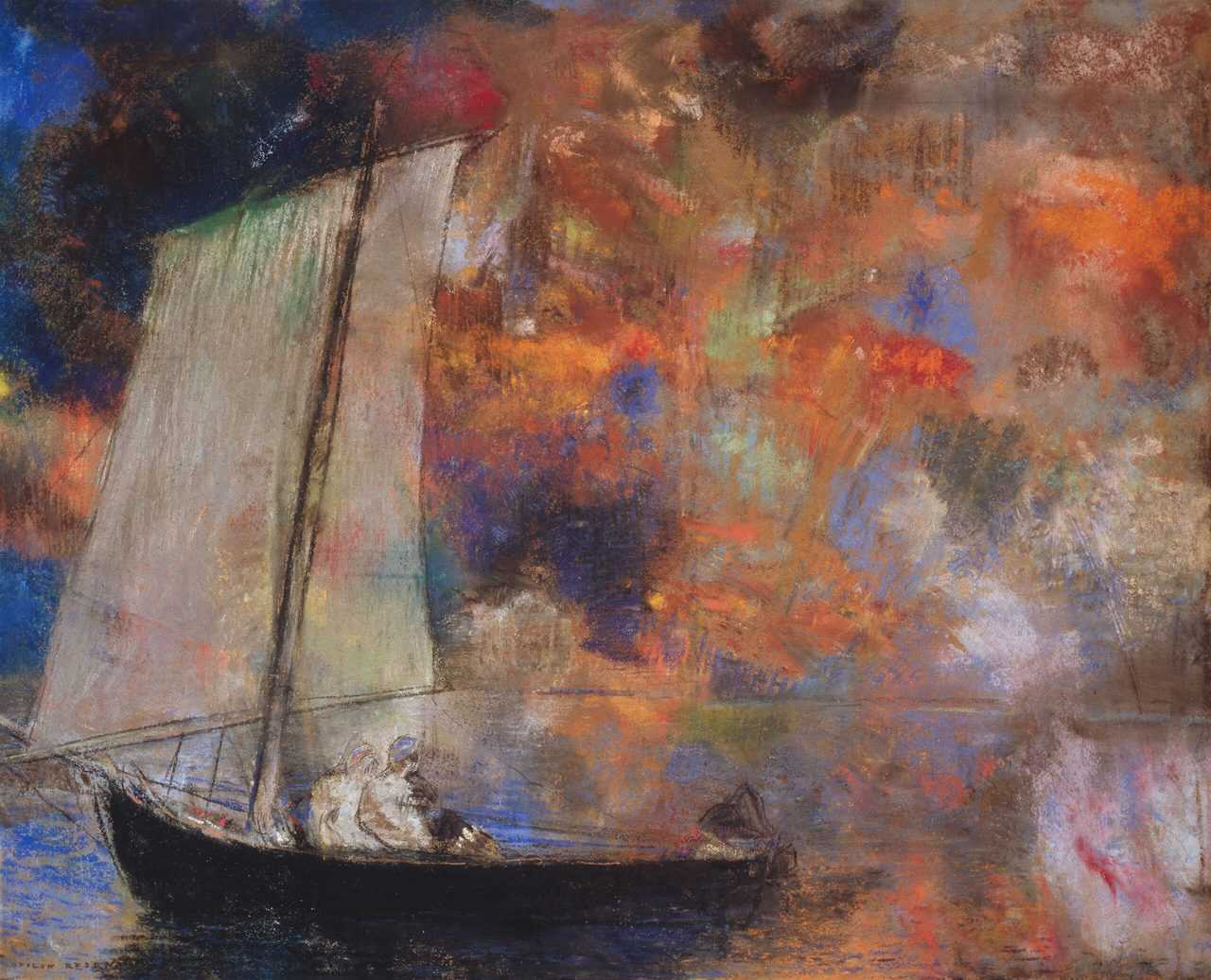Emotions
On Guilt
THC Editorial Team May 3, 2021

Contents
What Is Guilt?
The American Psychological Association (APA) defines guilt as a “self-conscious emotion” denoted by a “painful appraisal of having done (or thought) something that is wrong.”1 It also notes that such emotion can inspire people to reverse or compensate for perceived wrongdoing. The APA distinguishes guilt from shame by underscoring that guilt also includes fear that a mistake will be judged by others.1 People feel guilt to varying degrees in response to real, exaggerated, or imagined wrongdoings.
The origins of guilt as a human emotion are widely debated and theorized within many different disciplines. Examples of avenues through which guilt may be derived include society, culture, religion, and family.2 For instance, if someone stole from a local grocery store, the person might be plagued by feelings of remorse or fear of being caught. If someone lied to a friend, the person might ponder ways to rectify the situation.
According to Carolyn Zahn-Waxler, professor of psychology at the University of Wisconsin–Madison, and Grazyna Kochanska, professor of developmental psychology at the University of Iowa, people first experience guilt during conscious development in childhood. Because guilt is complex and empathetic, many professionals characterize it as a defining emotion that distinguishes humans from other animals.2
Theories of Guilt
Discrete Emotions Theory2
In 1977, Carroll Izard, a professor at the University of Delaware, added guilt to the list of “fundamental emotions” that was founded by psychologist Silvan Tomkins in the 1960s.2 Heavily influenced by Charles Darwin’s theory of evolution, Tomkins proposed that certain emotions are adaptive in nature and activate human motivation systems. According to Izard, guilt has been developed and refined in humans over time in order to promote survival. Specifically, Izard proposed that guilt’s primary evolutionary advantage is its ability to prevent damage to human environments and relationships. People who adopt this theory suggest that the human capacity for guilt is beneficial because it increases the likelihood of harmony in a broader society.
Psychoanalytic Theory2
Sigmund Freud, the founder of modern psychoanalysis, argued that guilt arises around the same time that basic personality forms—when someone is roughly 5 years old. Practitioners of psychoanalytic theory consider guilt, and many other emotions, to be the result of fear caused by a person’s relationship with their parents and by their efforts to repress innate belligerent and sexual human impulses. Freud suggested that guilt is a quality that children learn in order to monitor their behavior to avoid punishment from parents.
Neopsychoanalytic Perspective2
Neopsychoanalytic psychologists generally agree with Freud’s theories but adapt them to incorporate their own ideas about human psychological development. Austrian British psychoanalyst Melanie Klein built on Freud’s theory of guilt, which is largely fear based, by suggesting that guilt is instead a product of love. Klein posited that guilt resides in the part of the human mind that serves as the critical moralizer, or superego. She also proposed two phases of superego development (later called the paranoid and depressive positions): Children first experience combative feelings toward parental control but later feel guilty about their initial reactions. Klein noted that children may respond to guilt by trying to undo any grief they caused. According to this perspective, guilt ultimately derives from compassion and altruism.
Types of Guilt
Different theories on the origins of guilt have prompted many different ways to classify guilt. Generally, scholars agree that guilt occurs on both cognitive and emotional levels.
Some scholars categorize guilt by the factors that motivate it.3 For example, one study published in 2014 by Akiko Yamagishi, a health science professor at Juntendo University, categorized guilt into four major types by motivational factors:4
- Type 1: Guilt that occurs when someone commits—but also condemns—an action
- Type 2: Guilt that relates to harming someone else
- Type 3: Guilt that transpires from inequality between people or groups
- Type 4: Guilt that lacks a defined relationship (e.g., survivor guilt [a condition in which someone believes they have done something wrong because they have survived a traumatic event while others did not])
In a related classification model, other scholars categorize guilt by distinguishing between two particular causes:3
- In deontological guilt, a person feels guilt if they transgress their own moral code.
- In altruistic guilt, a person feels guilt if they harm someone else and witness the negative effects of their actions.
Guilt and Mental Health
Guilt contributes to many psychological conditions and to psychopathy. For example, some researchers suggest that sociopaths have little or no regard for others and therefore feel little guilt. Conversely, people who have schizophrenia or depression feel too much guilt and may find themselves projecting guilt onto hallucinations or ruminating on past mistakes.2 Additionally, people who experience anxiety disorders, such as generalized anxiety disorder or obsessive-compulsive disorder (OCD), may become preoccupied with guilt about their thoughts or actions.2
Guilt in Depression
In one study, published in 2002, researchers at the University of Toronto and the University of Western Ontario in Canada sought to examine levels of guilt among people with depression. Four groups were studied: people with a current major depressive episode, those with a past major depressive episode, those with a long-term cardiac illness, and those in a healthy control group. Using several scales, inventories, and interviews, the researchers found that people who were actively experiencing depression reported higher levels of guilt than people in other groups. They also found that guilt increased with the acuteness of depression.5
Guilt in Obsessive-Compulsive Disorder (OCD)
Many health professionals note that OCD-related guilt issues from an exaggerated sense of responsibility and a severe moral code.6 Others have used empirical evidence to suggest that the fear of experiencing guilt explains OCD-related panic.6
Researchers have also examined the types of guilt to which people with OCD are most sensitive. For instance, several studies found that people with OCD tend to experience deontological guilt more than altruistic guilt. In a study conducted in Italy in 2014, researchers found that people with OCD have increased sensitivity to deontological guilt compared to people with anxiety and to healthy subjects. The researchers presented seven scenarios that included moral dilemmas and control situations to 20 people with OCD, 20 people with anxiety, and 20 people in a control group and then asked the participants to respond. For example, in one situation, researchers told participants they could choose to flip a switch that would save a few people but kill one person or choose to refrain entirely from action. The study found that participants with OCD exhibited higher levels of concern for their personal moral codes and chose more often than people in other groups to let the situation proceed without intervening.7
Guilt and Motivation
Although guilt plays a role in certain mental conditions, it can also positively affect human relationships and society. For example, if one child hurts another and then feels guilt, the emotion may prevent the child from bullying others. If someone litters and experiences guilt, the person may avoid littering in the future and therefore help protect the environment.
In 2007, a study was published that investigated the relationship between guilt and social motivation in the context of prejudice. Three professors of psychology from New York University, the University of Wisconsin–Madison, and Texas A&M University asked a group of White participants to view a series of facial photographs of people from several races. The researchers then falsely informed participants that their brain electroencephalography results revealed that their reactions exhibited prejudice against Black people. With the remaining time left in the experiment, researchers asked the participants to help in a screen stimuli for a future experiment. They were asked to rate their interest in different articles from reading their titles. Participants who previously indicated higher levels of guilt showed an increased interest in titles regarding prejudice reduction.8 In this case study, guilt prompted people to reevaluate their worldviews and express their desire for positive change.
Neurological Processes in Guilt
A plethora of research has established a correlation between feelings of guilt and distinct parts of the brain. Determining the neurological underpinnings of emotions is particularly important when someone wants to understand how or why certain emotions occur.
For example, researchers at a neuroimaging laboratory at the Santa Lucia Foundation in Rome, Italy, published a paper in 2011 that discussed whether distinct neurobiological substrates (parts of the central nervous system that underlie behavioral functions) are responsible for expressing two different types of guilt: deontological guilt and altruistic guilt. The researchers ran two behavioral studies. In one, researchers monitored neural reactions as 32 healthy subjects viewed pictures of human faces that expressed anger and sadness alongside a sentence that was meant to prompt either deontological guilt or altruistic guilt. In the second, researchers used functional magnetic resonance images (fMRI) to examine a new sample of 40 healthy volunteers as they viewed the same pictures alongside two control sentences that expressed anger or sadness. Study results indicated that guilt, rather than other emotions, triggered two specific areas of the brain: the cingulate gyrus, which is involved in emotion regulation, and the medial frontal cortex, which is involved in decision-making and memory consolidation. Further, researchers found that each type of guilt was responsible for activating separate neuronal networks.3
Information from this and similar studies may help professionals better understand the relationship between mood disorders and emotions such as guilt. For example, people who experience depression may have specific malformations in the areas of the brain responsible for altruistic guilt. Using this information, health professionals may be able to better assess and treat individuals who experience guilt-related symptoms.3
Self-Regulating Guilt
Theories of guilt often suggest that it serves a self-regulatory role in humans; as a form of internal motivation to uphold a particular moral standard, guilt may mediate behavior. However, in extremes (too little or too much), guilt can cause people psychological harm or result in harm to others. The following actions may help people as they seek to regulate guilt:9
Understand the significance of recognizing and regulating emotions
In 1995, psychologist Daniel Goleman wrote about a concept he called emotional intelligence: the ability to be aware of emotions and to manage them in a healthy way. This type of intelligence, built on a pillar of self-regulation, is as central to individual success in life and work as a person’s intelligence quotient (IQ).10
When you practice emotional intelligence, try to allow yourself to feel your emotions without stifling them. Instead, question them gently or follow the thoughts your emotions prompt. Children in particular may struggle with this step. A child’s emotional experiences can be more volatile than an adult’s. If a child struggles with emotional regulation, try to create space for the child to examine their emotions in a slow, methodical way. Mindfulness, meditation, and dialectical behavioral therapy can be especially helpful when people seek to learn how to regulate their emotions.11
Set realistic goals
Taking small, consistent steps toward your goals may be an effective long-term strategy. Accomplishing feasible, short-term tasks may generate confidence in your ability to progress and may increase your ability to make positive emotional changes. For example, if you seek to gain awareness of your emotions through journaling, start by journaling once a week. Immediately attempting to journal every day may feel overwhelming and may decrease your chance of success.
Allow yourself to be flexible
Be gentle with yourself. Being able to successfully recognize and manage your emotions is a skill that takes time and practice to cultivate. Be patient when you make mistakes; such setbacks are often part of the process when you learn or develop a new skill. For example, if you would like to reinforce your boundaries by learning to cancel plans with a friend without feeling guilty, you may struggle at first to dispel guilty thoughts. Make sure you cultivate patience with your progress and remain kind to yourself in the process.
Practice being self-aware
Start to notice your reactions to everyday events. This can be as simple as noting who triggers feelings of guilt in your life or what kinds of events cause you to feel guilty.
Use a journal to document your experiences
Writing about your day can be an excellent way to help you pinpoint, organize, and reevaluate your experiences with guilt. For instance, writing about situations in which you felt guilt offers an opportunity to assess whether your emotional response was appropriate or extreme.
Practice meditation
Meditation can be a powerful way to mediate guilt. Creating daily opportunities for silent, mindful breaks can help you refocus your emotional attention. For example, in one study published in 2009, three professors of sociology and criminal justice studied the effectiveness of meditation in reducing guilt and other negative feelings among female inmates at the Tidewater Detention Home in Virginia. Participants in the study attended a 2.5-hour meditation session once per week for a total of 7 weeks. Study results showed that feelings of guilt, among other negative feelings and behaviors, decreased in detainees.12
Pursue therapy
Talking about guilt can be particularly challenging; many people are reluctant to share such vulnerable emotions with others.13 However, seeking professional help is always a strong initial step when you want to address emotional issues. Therapy can also be a very effective way to decrease guilt. For example, one study published by researchers in Iran in 2015 tested the effectiveness of acceptance and commitment therapy (ACT) on relieving feelings of guilt and depression in diabetic children. The researchers found that ACT not only decreased feelings of both depression and guilt in subjects but also increased their psychological well-being.14 These results back previous studies that found ACT successful because of its focus on raising awareness without judgment and encouraging acceptance. Other types of therapy that may help people develop healthy emotion regulation skills are dialectical behavioral therapy and emotion regulation therapy.








